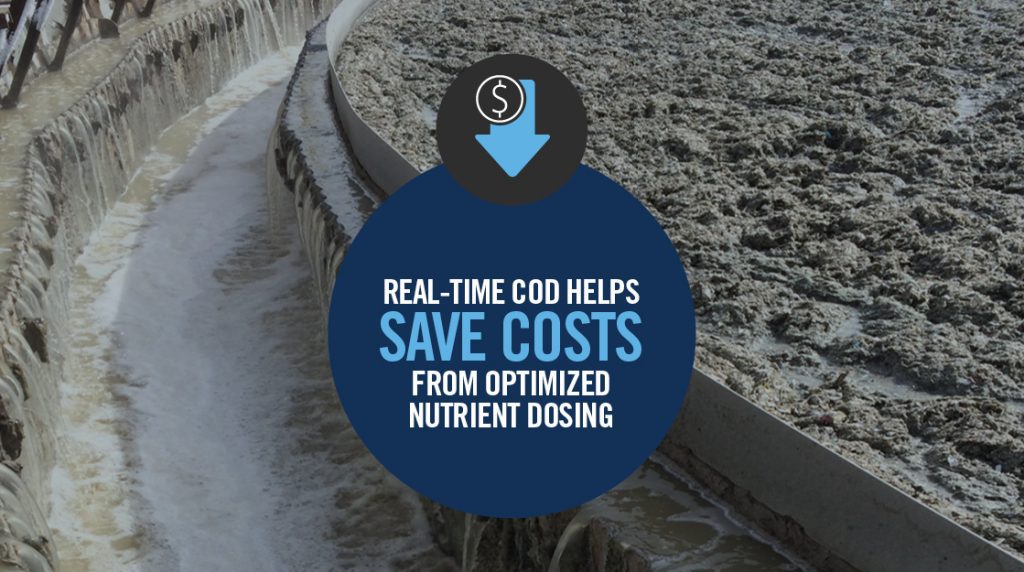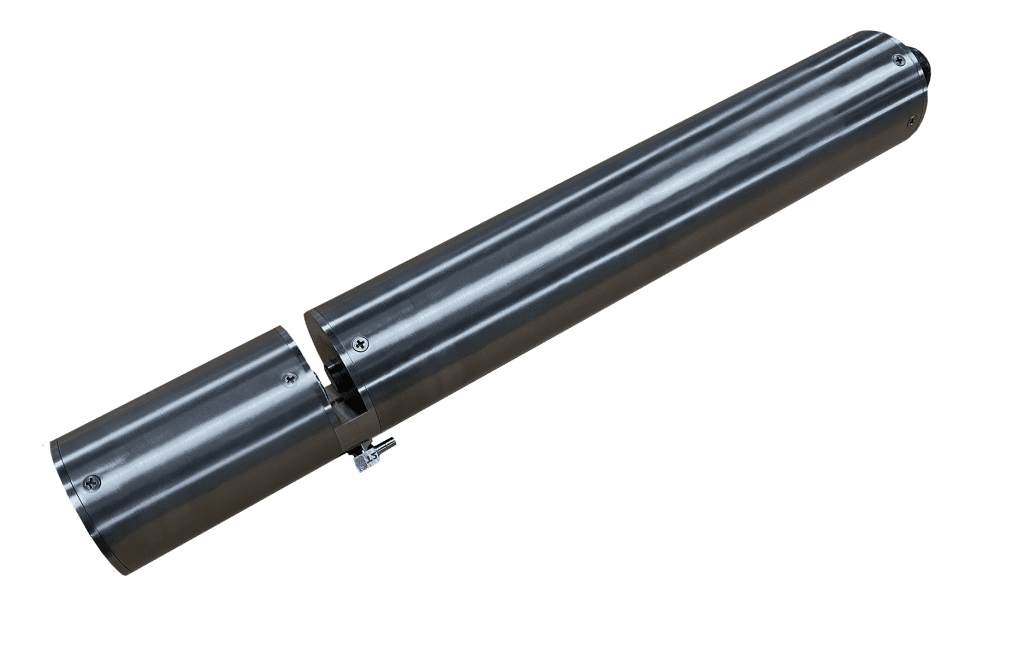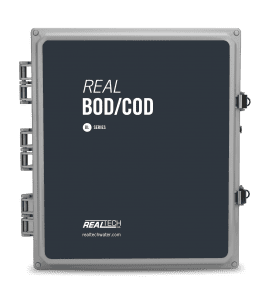Wastewaters from industries such as pulp and paper and several types of food processing are rich in carbon but deficient in nitrogen and phosphorus. When wastewater is treated biologically, it is desirable that the ratio of carbon (C): nitrogen(N): phosphorus(P) in the wastewater be maintained at approximately 100:5:1. As many industrial wastewaters do not have this balanced proportion of C, N and P, nitrogen and phosphorus need to be added from an external source for effective biological treatment.
How much N and P need to be added depends primarily on the incoming carbon load which can be measured by the concentration of organics. Optimization of nutrient addition is important because adding too little will decrease treatment efficiency, while adding too much will not only increase chemical costs but also introduce unwanted nutrients into the effluent, which may require further treatment or cause noncompliance issues.

GAIN THE INFORMATION YOU NEED:
Real Tech’s online solutions provide information about industry specific organic compounds, aggregate organic load (BOD, COD, or TOC), conductivity and TSS that are essential for process control and optimization.
• Chemical cost savings by nutrient addition
• Increased treatment efficiency
• Avoid overdosing
• Improved effluent quality
• Compliance assurance



